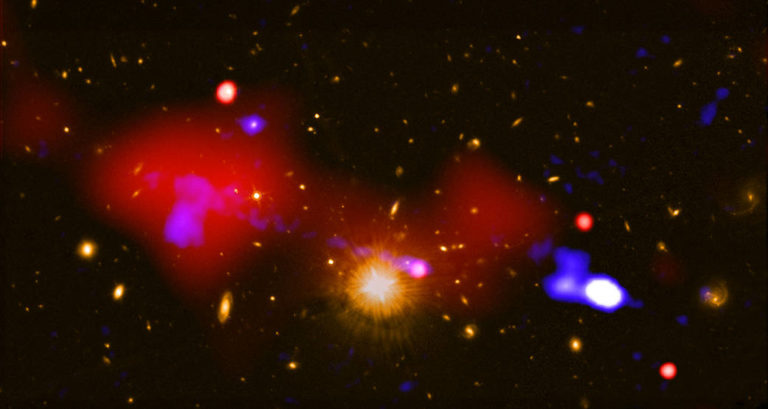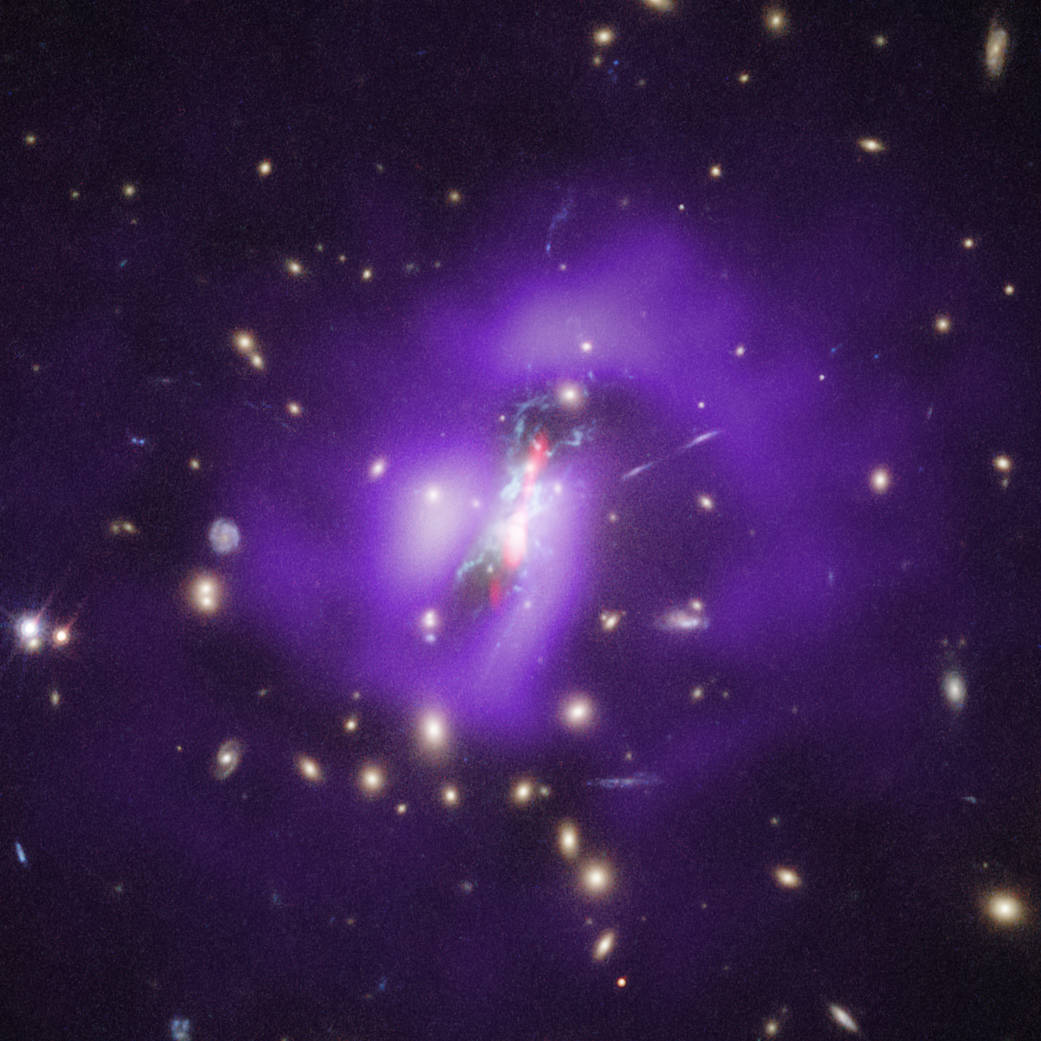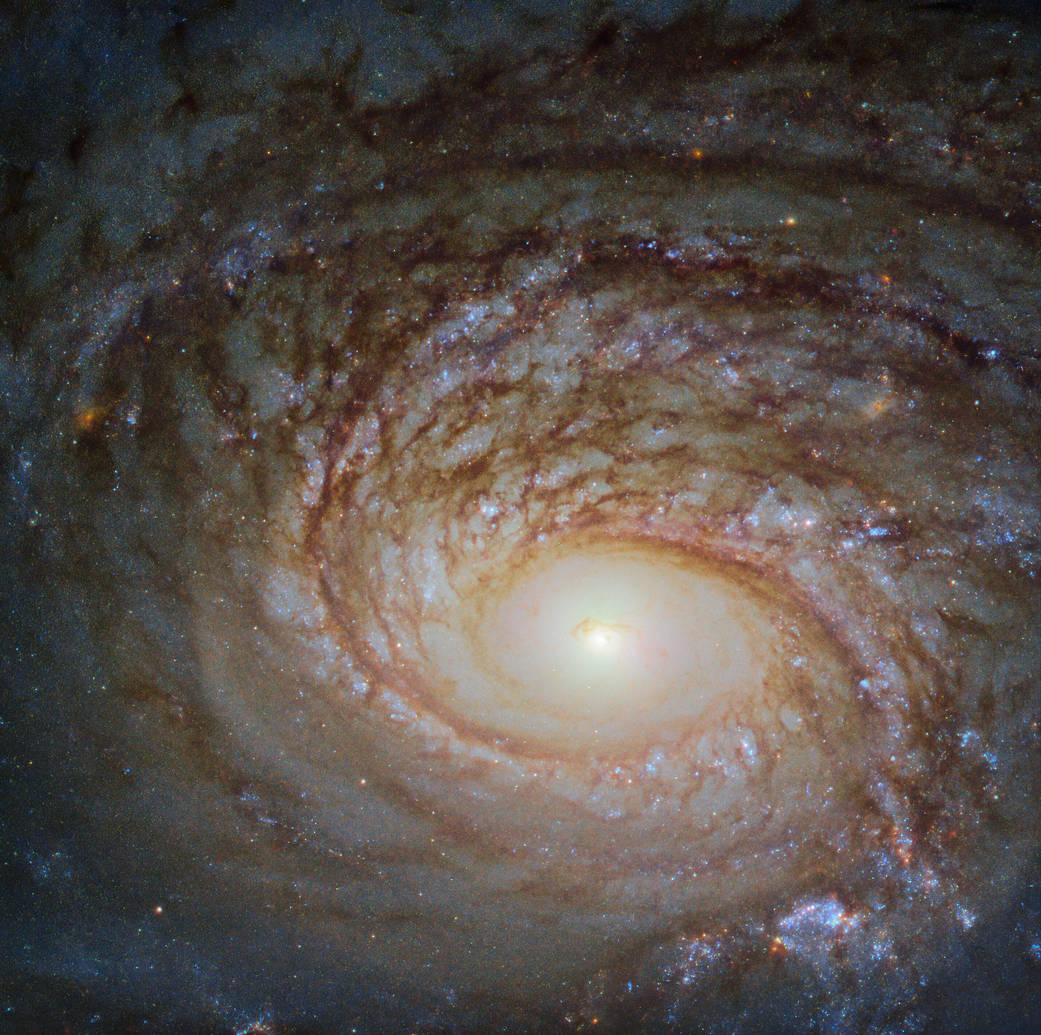哈勃太空望远镜的螺旋盘隆起特写
This image from the NASA/ESA Hubble Space Telescope shows IC 2051, a galaxy in the southern constellation of Mensa (the Table Mountain) lying about 85 million light-years away. It is a spiral galaxy, as evidenced by its characteristic whirling, pinwheeling arms, and it has a bar of stars slicing through its center. This galaxy was observed for a Hubble study on galactic bulges, the bright round central regions of spiral galaxies. Spiral galaxies like IC 2051 are shaped a bit like flying saucers when seen from the side; they comprise a thin, flat disk, with a bulky bulge of stars in the center that extends above and below the disk. These bulges are thought to play a key role in how galaxies evolve, and to…










